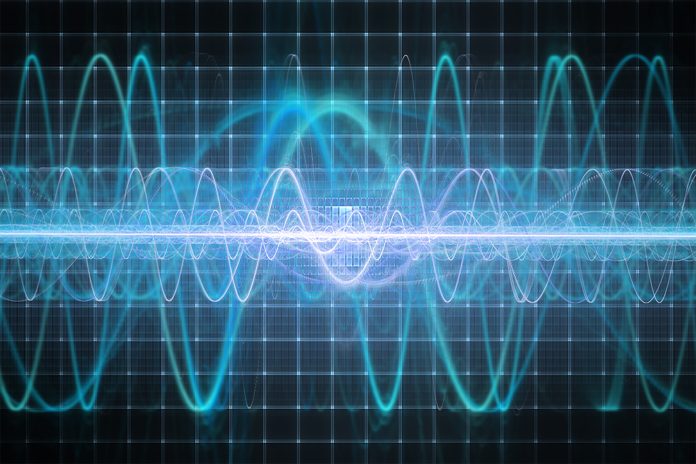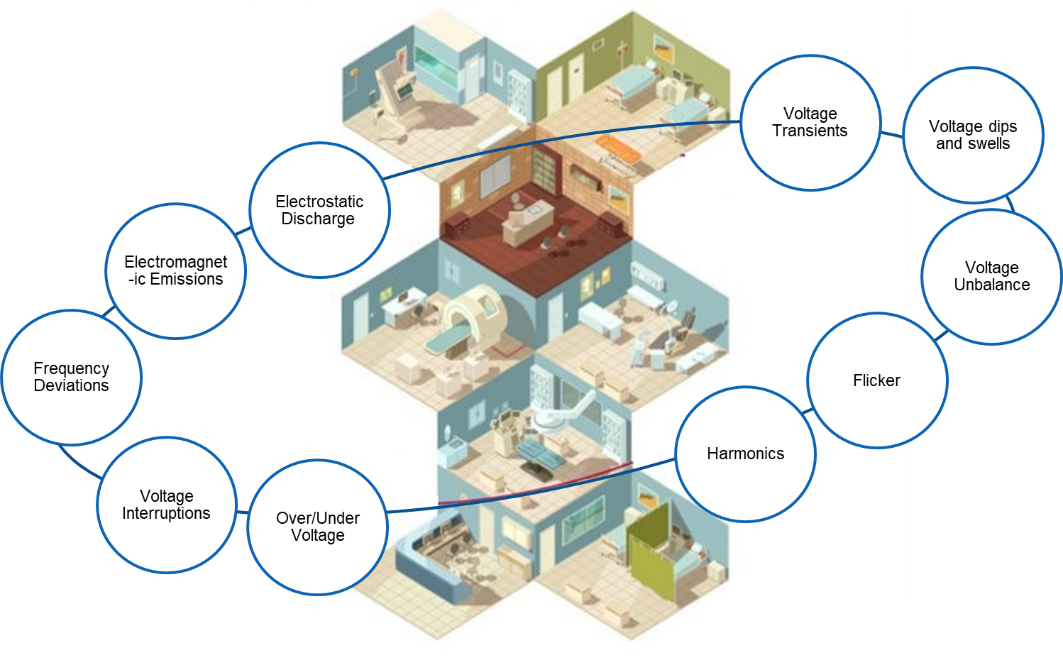EMC - LONG TERM INVESTMENT
EMC describes the ability of electronic and electrical systems to work as intended when they are placed together. This means that the electromagnetic disturbances from each equipment must be limited and also that each equipment must have an adequate level of immunity to the disturbances in its functional environment.
To achieve this, methods of measurement and test, as well as limits and levels of electromagnetic emission and of electromagnetic immunity are defined in various Standards
SOURCES OF ELECTROMAGNETIC SIGNALS
Electromagnetic signals are the result of electrical currents and voltages. Whenever electricity is used to drive equipment, an electromagnetic field/signal is generated. These signals may have been intentionally generated to transmit information from one point to another like RF signals, or they can simply be a result of the operation of equipment. Where the signals are unintended, they are referred to as electromagnetic noise.
Electromagnetic Interference can be broadly classified into two types.
1.Radiated Interference
2.Conducted Interference
The radiated interference is typically addressed by providing shielding at the source of interference (equipment that is emitting) to limit the spill over to the external environment or by shielding the victim (equipment that is being interfered with) from the external electromagnetic field. The limits of emission and immunity for each of the equipment in a given location becomes important and is at the heart of achieving EMC.
The conducted interference is typically addressed by grounding and bonding.
EM Zoning, EM Matrix, and its evaluation are some of the approaches that help achieve EMC.
A comprehensive study preferably at the engineering stage of a project helps achieve EMC. In existing installations, EMC can be achieved by re-engineering certain aspects of the plant.
EMC STANDARDS
IEC 61000 series provide comprehensive guidelines to achieve EMC in most installations Additionally, IEEE regulations and industry Standards like DEP, GP etc. may also be referred to.




